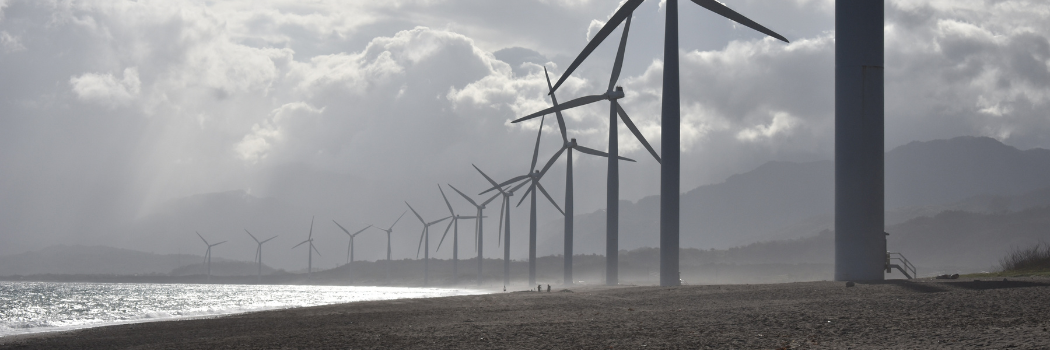
Our Mathematical Sciences department has collaborated with researchers from our Engineering department and industry to develop a software called 'DOTS'.
The software has been licensed to Kinewell Energy for commercial use through an impact accelerator project.
What is DOTS?
DOTS, which stands for designing offshore transmission systems, is a software solution that allows quantifying the impact of severe uncertainty in failure and repair on offshore wind farms.
The innovative software uses advanced mathematical methods to help developers identify the easiest, most cost-effective ways of transmitting energy from offshore wind farms to shore.
Advanced probability techniques
When planning offshore wind farms, it is very common for several critical components to be subject to severe uncertainty.
During the planning phase, failure and repair processes are not completely understood, and the probabilities for time to failure and repair can only be bounded, rather than precisely specified.
Since 2016 our pioneering researchers have been working on using advanced techniques from probability and statistics to address these concerns.
These techniques improve the quantification of uncertainty and allow decision makers to be more confident in the analysis, allowing investments in new technologies that otherwise might not take place.
Currently, our experts are exploring to improve the uncertainty quantification aspects of the modelling, relaxing some of the key engineering assumptions that are made in failure and repair, which can have a large impact on the risk evaluation in the planning stages of a project.






